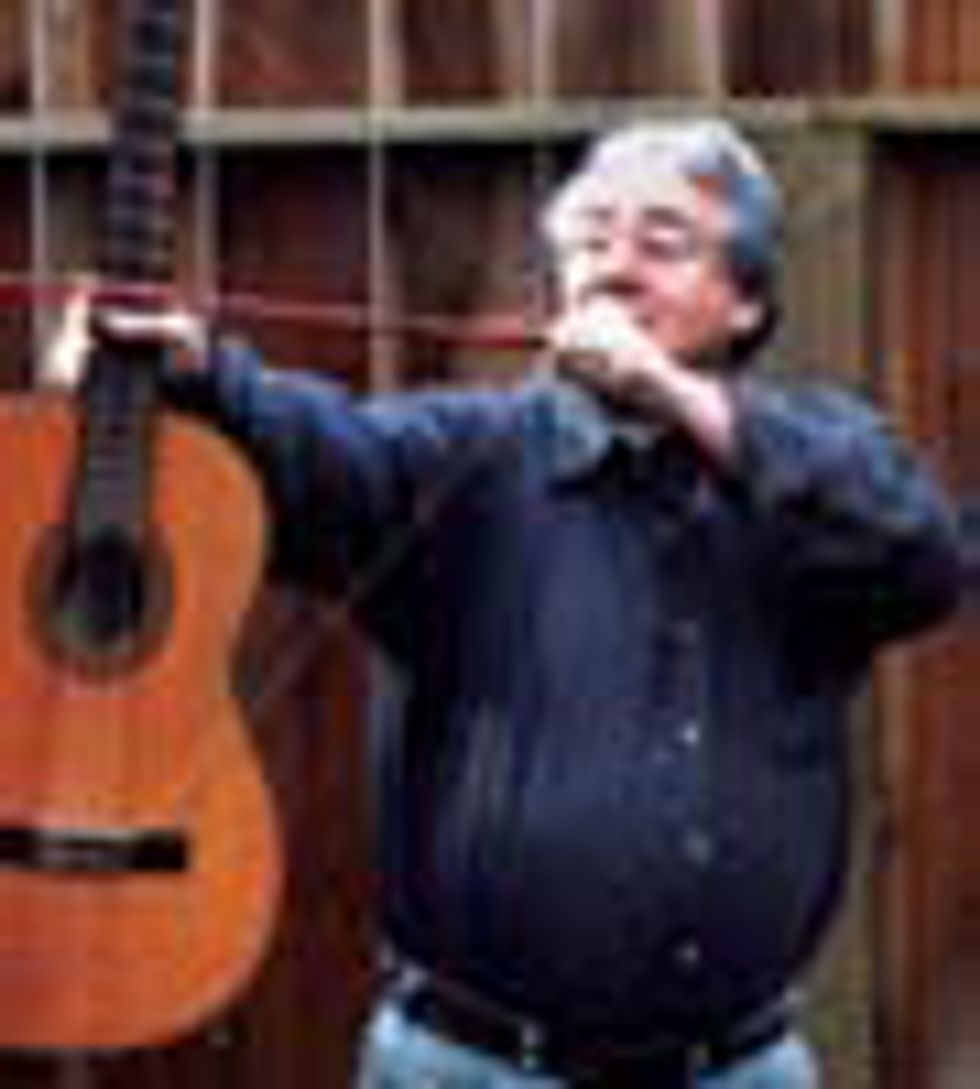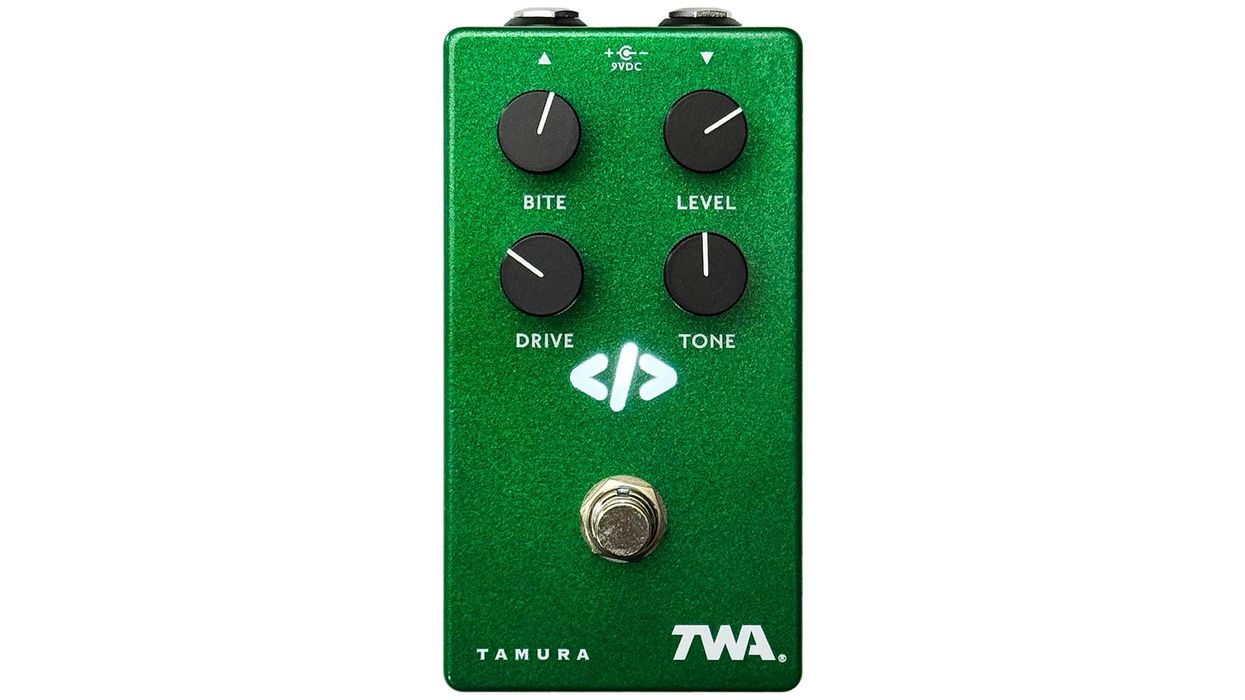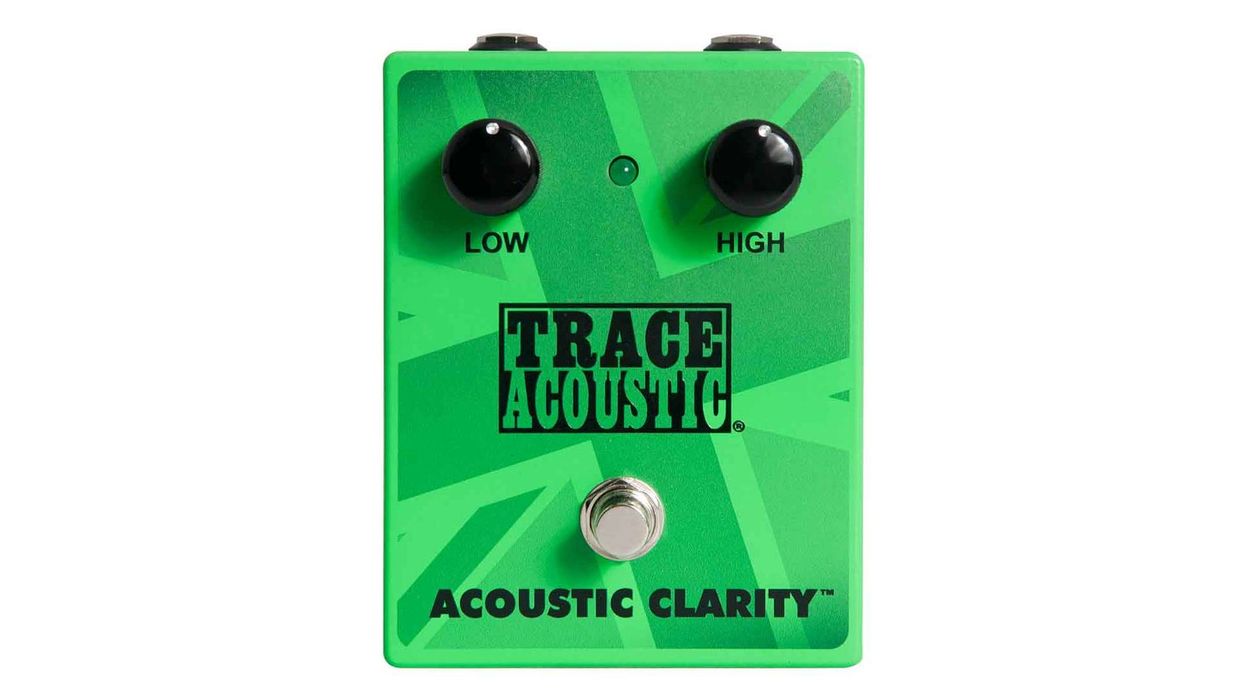
Strumming chords slowly will let you discover a guitar’s distinctive voice.
The guitar is about many things: craftsmanship, commerce, history, tradition, artistry in design and ornamentation, entertainment, physics, wood, gut, magic, and a few other things. Mostly, the guitar is supposed to be about sound. But that’s the hardest of all of these to pin down.
Sound results from air molecules hitting and exciting our eardrums, pure and simple. But there’s no magic at all in this objective description. The magic in musical sound all happens subjectively—in the brain and in how it processes the neural impulses arriving from the ear. Sound is very much like food and wine, in fact. The magic happens in your own mouth, your tongue, your palate, your nose, your eyes, as well as in your ears and brain. I point this out because it is equally true that many of us “like” this or that wine or food or sound, because we’ve been told it’s good and we believe that we should like it—without ever knowing whether we genuinely do or not.
As far as guitars go, sound is complex. Good sound is, by definition, sound that pleases listeners, whether they understand anything about the sound or not. However, a guitar can have any combination or quality of bass, treble, midrange, resonance, definition, sustain, projection, dynamic range, warmth, volume, percussiveness, tonal bloom, note shape, harmonics, sweetness, clarity (or lack of it), tonal rise and decay time, cutting power, spareness, evenness of response, brittleness, dryness of tone, and tonal darkness or lightness. So, unless you have a really sophisticated and practiced ear, it won’t work to evaluate a guitar by listening to someone play a piece on it. That amount of information overwhelms the average ear within the first eight or 10 bars of the song.
There is a way of coming to grips with sound that’s so simple, almost no one ever thinks of it: really listening. In a quiet place. It’s very much like eating food or sipping a wine slowly—without distractions—to get a sense of the flavors, textures, sweetness, spiciness, and overall pleasingness. Let me explain what I mean. It will help you next time you’re shopping for a guitar.
What I do (among other things) is sit down, tune the guitar, and just play a chord. I play it slowly, so I can hear each note separately. And then I listen. One chord can provide a lot of information, so I take my time. And it’s useful to also listen to another guitar and compare it to the one you’re evaluating. The voice of the guitar is the voice of the guitar. Playing a chord will give you all the sonic information a full song can provide—without your auditory senses being clouded by a player’s flashy technique.
Here’s a checklist for what you can usefully listen for in a six-note chord. If you can’t discriminate between some of these criteria, the solution is to learn how to listen. Like playing, this takes practice. A session includes listening for:
• Dynamics: Does the guitar have a wide dynamic range? Will it produce different sounds when you play very softly, softly, medium, and hard?
• Duration: Most chords will last six to 12 seconds. This gives you a sense of systemic sustain and also of the sound’s quality—whether it’s warm, sweet, tinny, rich, lively, fundamental, shallow, breathy, open, held back, or is rich in overtones. You’ll discover whether you have to push the guitar or if it speaks easily.
• Separation: Are you able to hear each note? Or is the sound fuzzy or cloudy and lacking focus?
• Velocity: Does the chord emerge from the guitar quickly or slowly?
• Timbral balance: Is the guitar bass heavy, treble heavy, or well balanced? And regardless of the balance, does the treble or bass die down first, leaving the other to carry on by itself?
• String-to-string response: Is the strength and presence of each note even?
• Projection: Does the guitar sound best when close up or from across the room? (You’ll need a playing/listening partner to explore this.) Also, does it sound different depending on whether you’re listening from in front or from the side?
• Intonation: Does the guitar really play in tune?
If you repeat this listening exercise while playing different chords up and down the neck, you’ll get a sense of how evenly (or not) the guitar plays along the whole fretboard. Remember, you get to decide whether and how much you like or dislike any of these qualities of a guitar’s tonal response. All the information is in the soundbox. You just need to know how to listen without overwhelming your ear.
 Ervin Somogyi
Ervin SomogyiA professional luthier since the early 1970s, Ervin Somogyi is one of the world’s most respected acoustic-guitar builders and rosette designers. To learn more about Somogyi, his instruments, or his rosette and inlay artwork, visit esomogyi.com.






![Rig Rundown: AFI [2025]](https://www.premierguitar.com/media-library/youtube.jpg?id=62064741&width=1245&height=700&quality=70&coordinates=0%2C0%2C0%2C0)








